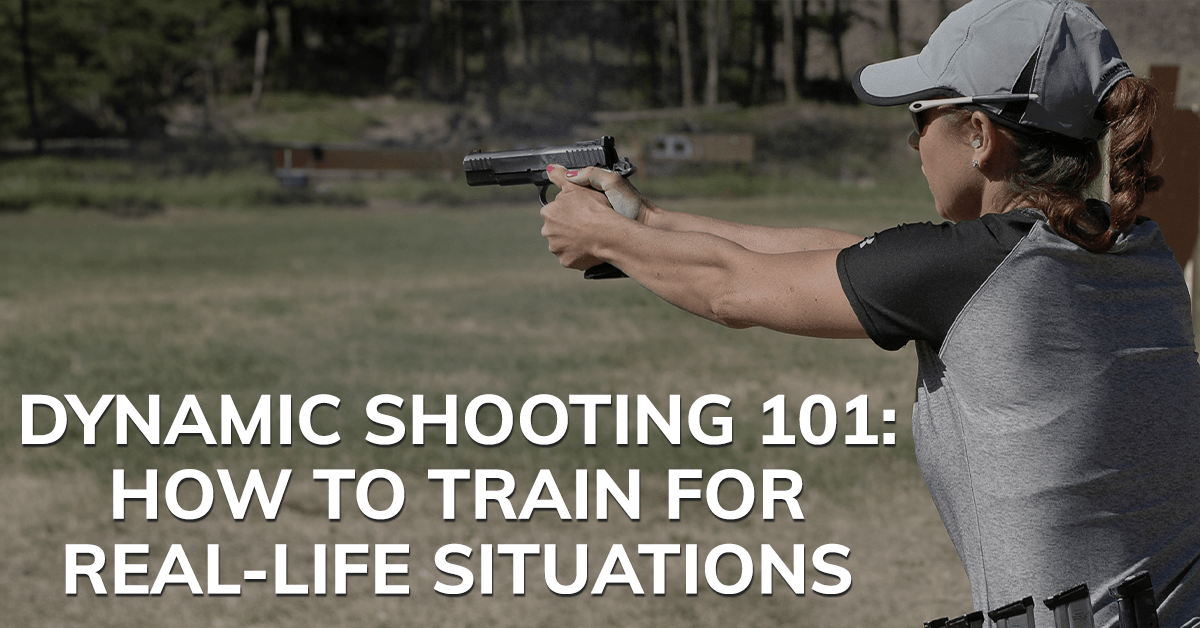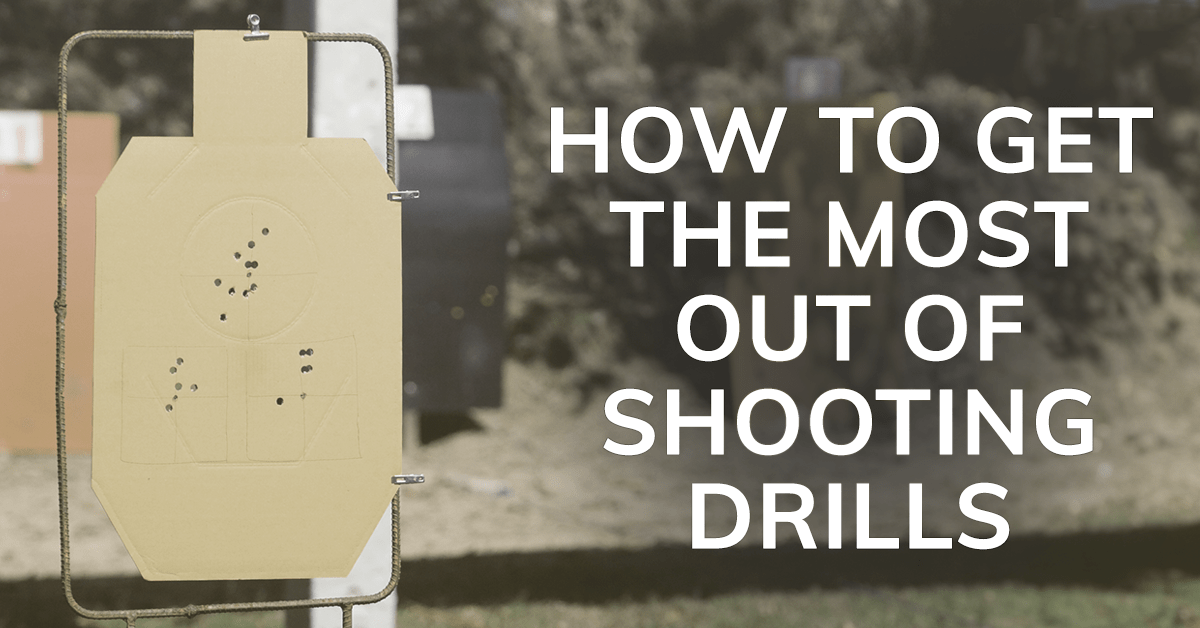Orders Over $100 Ship FREE (USA)!
Orders Over $100 Ship FREE (USA)!
CONCEALED CARRY
(Apparel with holster pockets or concealed-carry features)
PARTS & GEAR
RANGE STYLE
Gift shopping & not sure about size or style? Give a gift card instead!
GIFT IDEAS
EXPLORE
BFCM Sale 20% Off every item! EXTENDED
Black Friday & Cyber Monday EXTENDED: Indulge in Luxury, Pay Less.
5 Drills for Anyone New to Dry Fire
3 min read
Dry fire practice is one of the most recommended ways to build skills and confidence, especially for concealed carry or self-defense. But maybe no one’s really explained how to start or what to actually do. You're not alone.
A lot of new gun owners know that dry fire is important but feel unsure about how to make it a consistent, effective part of their routine. That’s totally normal. The good news is, it doesn’t have to be complicated or intimidating.
This article will walk you through five easy dry fire drills that are perfect for beginners and designed to help you build a strong foundation.
What Is Dry Fire?
Dry fire means practicing with your unloaded firearm without using live ammunition. It can help you develop your skills, including your grip, draw, and trigger control in a low-stress environment. It’s one of the best ways to reinforce your training, especially when you can’t make it to the range regularly. Plus, it’s free, relatively convenient.
Safety First
You need to treat dry fire with the same level of seriousness as live fire. Before every dry fire session:
- Unload your firearm completely
- Remove the magazine
- Double-check the chamber
- Store all live ammunition in a different room
- Aim at the safest backstop possible, like a wall that doesn’t have people or valuables behind it
- Don’t forget reliable eye and ear protection to keep training safe.
- Let others in your home know you’re training to avoid surprises or interruptions
Once you've got these safety rules covered, you’re ready to start.
Beginner Dry Fire Drills
If you're new to dry fire, these beginner-friendly drills are a great place to start.
Pro Tip: Using a purpose-built holster during dry fire helps replicate your real carry setup and builds confidence.
Trigger Press
Learning to press the trigger without upsetting your aim is one of the most important skills for accuracy. How to do it:
Stand in front of your safe backstop. Hold your unloaded firearm with your normal shooting grip. Aim at a small target on the wall (a sticky note works great). Slowly press the trigger while keeping your sights steady. Watch for sight movement. If they dip or shift, focus on applying smoother, more even pressure.
Here's a tip: Don't rush it. Control and consistency matter more than speed.
Wall Drill
This is a variation of trigger press that sharpens your focus on keeping the gun steady. How to do it:
Stand about one inch from a blank wall. Focus only on your front sight (you shouldn’t see the wall clearly). Press the trigger slowly without allowing the sight to move.
Why it helps: without distractions or a target, you can keep your focus on your trigger control. It’s a great way to build fine motor control and discipline.
Draw to Sight Picture
This drill helps develop a smooth and confident draw, which is especially useful if you carry concealed. How to do it:
Place a target on the wall. Start with your unloaded firearm in your holster or low ready. Draw and bring the firearm up to eye level. Pause when your sights are on target. Start slow and prioritize your form over speed.
Bonus tip: Practice with your concealed carry setup if you carry. It makes your training more realistic.
Magazine Change Practice
Practicing reloads builds familiarity and confidence with your gear, even if you're new to firearms. How to do it:
First, make sure you're using empty mags or practice (dummy) rounds. Insert an empty mag to simulate running out of ammo. Drop the mag, insert another, and present your firearm to a target (this can be a dot on a wall).
Why it matters: Reloads can feel awkward at first. Practicing them now makes everything smoother when you're under pressure.
Step and Draw
This introduces basic movement into your dry fire practice. How to do it:
Stand with your unloaded firearm holstered or at low ready. Step to the left or right, then draw and align your sights on the target. Return to your starting position and repeat on the other side.
How this helps: In a real-world scenario, standing still might not be an option. This gets you comfortable drawing and reacting while on the move.
Also in Skill Building: Train & Practice

How to Set Your 2025 Training Goals
3 min read

Dynamic Shooting 101: How to Train for Real-Life Situations
4 min read

How to Get the Most Out of Shooting Drills
4 min read

